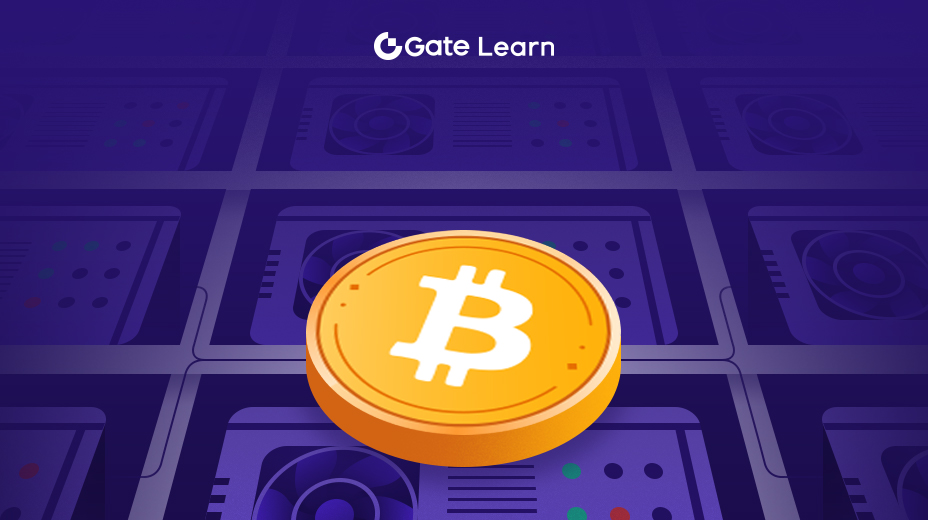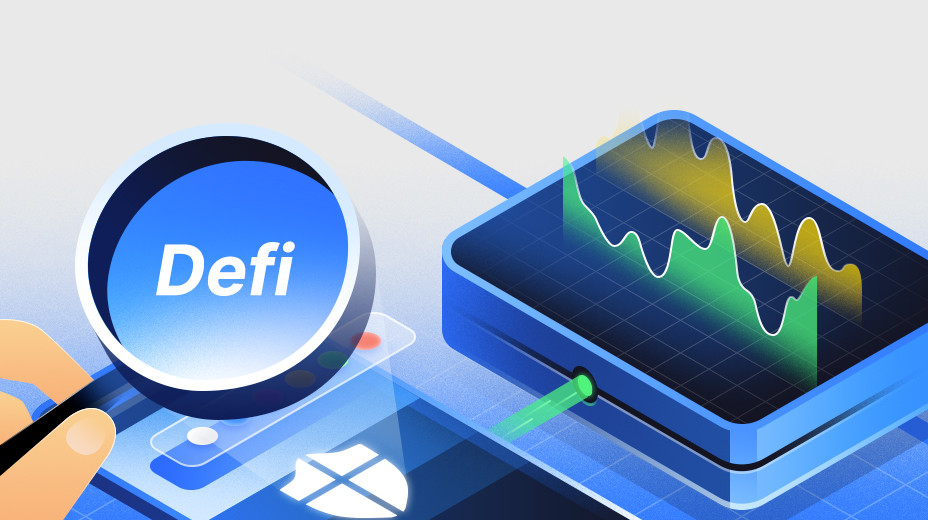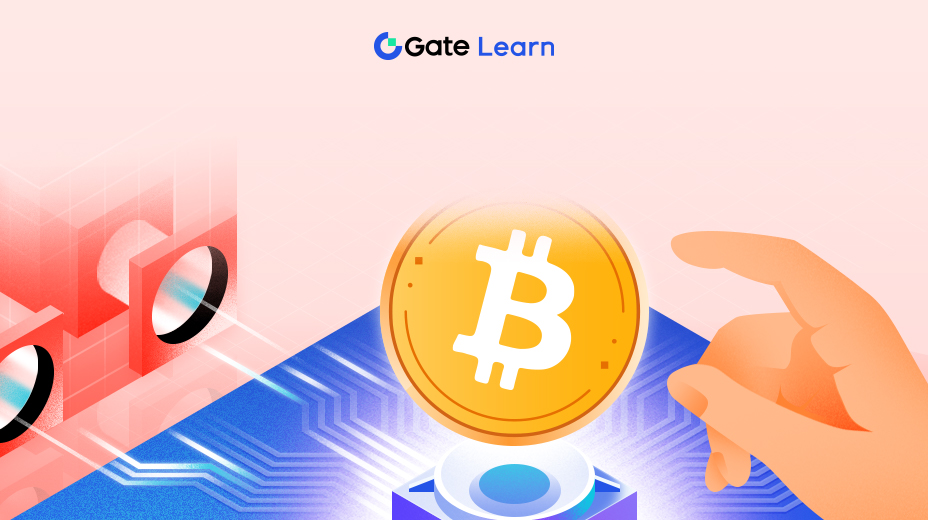لوبرينغ (LRC)
في هذه الوحدة، سوف نتعمق في Loopring، وهو حل لتوسيع نطاق الطبقة الثانية للتبادلات اللامركزية على بلوكشين الإيثيريوم. ستتعرف على آلية AMM الفريدة الخاصة بـ Loopring، والتي تجمع بين كل من AMM والتداول القائم على دفتر الطلبات. سنناقش ميزات Loopring، بما في ذلك الإدارة الفعالة لمجمعات السيولة وتداول الأصول الاصطناعية.

Loopring (LRC) هو بروتوكول التبادل اللامركزي (DEX) الذي يعمل على بلوكشين الإيثيريوم. تهدف إلى توفير طريقة أكثر كفاءة وفعالية من حيث التكلفة للمستخدمين لتداول العملات المشفرة دون الحاجة إلى وسيط مركزي.
يتضمن نهج Loopring الفريد لـ DEXs استخدام إدارة دفتر الطلبات خارج السلسلة والتسوية على السلسلة، مما يسمح بمطابقة الطلبات وتنفيذها بشكل أسرع مع الحفاظ على أمان وشفافية التسوية على السلسلة.
بالإضافة إلى بروتوكول DEX الخاص بها، تقدم Loopring أيضًا مجموعة من المنتجات والخدمات الأخرى لتسهيل التداول اللامركزي، بما في ذلك محفظة الهاتف المحمول ومشاركة السيولة وحتى بوابة تحويل العملات الورقية إلى العملات المشفرة.
يتم تشغيل بروتوكول Loopring بواسطة رمزه الأصلي، LRC، والذي يستخدم لوظائف مختلفة داخل نظام Loopring البيئي. تشمل هذه الوظائف دفع رسوم التداول على DEX، وتحفيز مزودي السيولة، والمشاركة في إدارة البروتوكول من خلال التصويت.
آلية AMM الخاصة بـ لوبرينغ
Loopring (LRC) هو حل توسيع الطبقة الثانية على بلوكشين الإيثيريوم الذي يسهل إنشاء التبادلات اللامركزية (DEXs) باستخدام آلية صانع السوق الآلي (AMM). يسمح بروتوكول Loopring للمستخدمين بتداول الأصول المشفرة بطريقة لامركزية مع الحد الأدنى من الانزلاق، وذلك بفضل الإدارة الفعالة لمجمعات السيولة من خلال آلية AMM.
تشبه آلية AMM المستخدمة من قبل Loopring تلك المستخدمة من قبل DEXs الأخرى مثل Uniswap و PancakeSwap. ومع ذلك، على عكس DEXs الأخرى، تسمح Loopring بنموذج هجين لكل من AMM والتداول القائم على دفتر الطلبات. يضمن هذا النموذج الهجين أن المتداولين يمكنهم تنفيذ تداولاتهم بشكل أسرع وبتكاليف أقل من البورصات المركزية التقليدية.
في آلية Loopring AMM، يمكن للمستخدمين إضافة أو إزالة السيولة إلى مجمعات السيولة مقابل رموز LRC. يتم التسعير الخوارزمي للأصول وموازنة مجمعات السيولة من خلال العقود الذكية، مما يضمن الشفافية والأمان في عملية التداول.
تسمح آلية Loopring AMM أيضًا بتداول الأصول الاصطناعية، وهي أصول رقمية مشتقة من الأصول الأساسية مثل السلع أو الأسهم أو العملات. يتم إنشاء الأصول الاصطناعية عن طريق ترميز الأصول الأساسية، مما يسمح بتداول هذه الأصول بطريقة لامركزية على Loopring DEX.
توفر آلية Loopring AMM للمتداولين طريقة سريعة وفعالة وآمنة لتداول الأصول المشفرة بطريقة لامركزية. بفضل نموذجها المختلط لكل من AMM والتداول القائم على دفتر الطلبات، توفر Loopring للمتداولين أفضل ما في العالمين، مما يجعلها خيارًا جذابًا للمتداولين الذين يتطلعون إلى تنفيذ تداولاتهم بتكاليف منخفضة وبأقل قدر من الانزلاق.
أبرز الملامح
- Loopring (LRC) هو بروتوكول التبادل اللامركزي (DEX) الذي يعمل على بلوكشين الإيثيريوم
- يستخدم Loopring إدارة دفتر الطلبات خارج السلسلة والتسوية على السلسلة للسماح بمطابقة الطلبات وتنفيذها بشكل أسرع
- تقدم مجموعة من المنتجات والخدمات للتداول اللامركزي، بما في ذلك محفظة الهاتف المحمول ومشاركة السيولة
- يتم تشغيل البروتوكول بواسطة رمز LRC، ويستخدم لدفع رسوم التداول، وتحفيز مزودي السيولة، والمشاركة في الحوكمة
- Loopring هو حل لتوسيع نطاق الطبقة الثانية يسهل إنشاء DEX باستخدام آلية صانع السوق الآلي (AMM)
- تسمح آلية AMM الخاصة بـ Loopring بتداول الأصول الاصطناعية بطريقة لامركزية
- نموذج هجين لكل من AMM والتداول القائم على دفتر الأوامر لتنفيذ أسرع ومنخفض التكلفة
- يمكن للمستخدمين إضافة أو إزالة السيولة إلى مجمعات السيولة مقابل رموز LRC
- التسعير الخوارزمي وموازنة مجمعات السيولة التي تتم من خلال العقود الذكية، مما يضمن الشفافية والأمان





